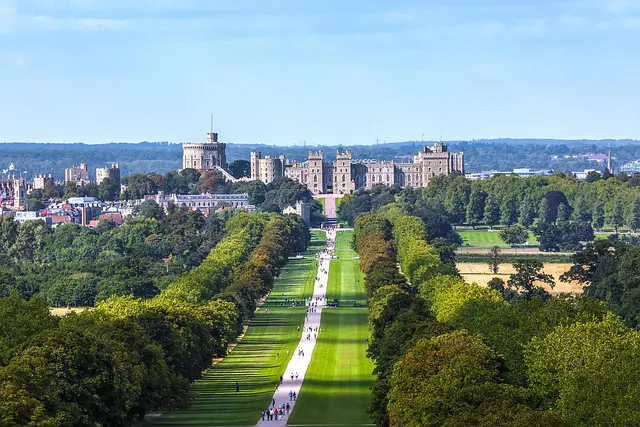
The Crown Estates
May 30, 2023
The much-publicized coronation of King Charles III was followed that same day by what is often termed the “Woodstock for Capitalists,” namely the Berkshire Hathaway AGM featuring its CEO Warren Buffett. It was a busy day for me! Buffett ranks as one of the richest individuals in the world, with a net worth that is over twice that of the richest family in the UK. The British Sunday Times newspaper just published its “Rich List” for 2023 and King Charles is ranked at # 263 with an estimated wealth of £600 million. And yet he is often referred to as one of the richest individuals in the world. Given some of the astronomical numbers we see here in the States how can such statements of the monarch’s wealth be reconciled. The answer lies in the entity known as the “Crown Estate.”
The Crown Estate is a portfolio of property and assets, including lands, buildings, and natural resources, that are held in trust for the monarchy. The origins of the Crown Estate date back to the Norman Conquest in 1066, when William the Conqueror seized all of the property and land in England. This became known as the Crown lands. The modern-day Crown Estate has been estimated to have a value of between $20 and $30 billion.
The revenue generated from the Crown Estate is used to support the activities of the royal family and to finance other public expenditures. While the Crown Estate is owned by the British monarchy, it is not the personal property of the monarch and cannot be sold or transferred to private individuals. The Crown Estate owns an extensive residential portfolio that includes St James’s, Regent Street, Regent’s Park, and Kensington Palace Gardens. A little-known fact is that it also owns the territorial seabed out to 12 nautical miles and around half of the foreshore around England, Wales, and Northern Ireland. Hand harvesting of seaweed for any form of monetary or other reward from Crown foreshore or seabed will require a license from the Crown Estate!
The royal family receives funding from the UK government through the Sovereign Grant, which provides financial support for the monarchy’s official duties and the maintenance of palaces and other royal properties. The size of the Sovereign Grant is determined by a formula based on a percentage of the profits of the Crown Estate and is received each year tax free. For 2020 – 2021 this amounted to £86 million, part of which is being used for the refurbishment of Buckingham Palace and other Royal properties.
The monarch is not subject to income or capital gain taxation nor inheritance taxes, which allows their capital to remain intact and grow over time. However, since 1993 Queen Elizabeth, and now King Charles, have voluntarily paid income and capital gains tax on their personal assets. I suspect that as more and more citizens question the role of the monarch, the Royal Family is becoming increasingly sensitive to paying their share of the costs.
Nick Hoffman
